Honeymooning in Papua New Guinea
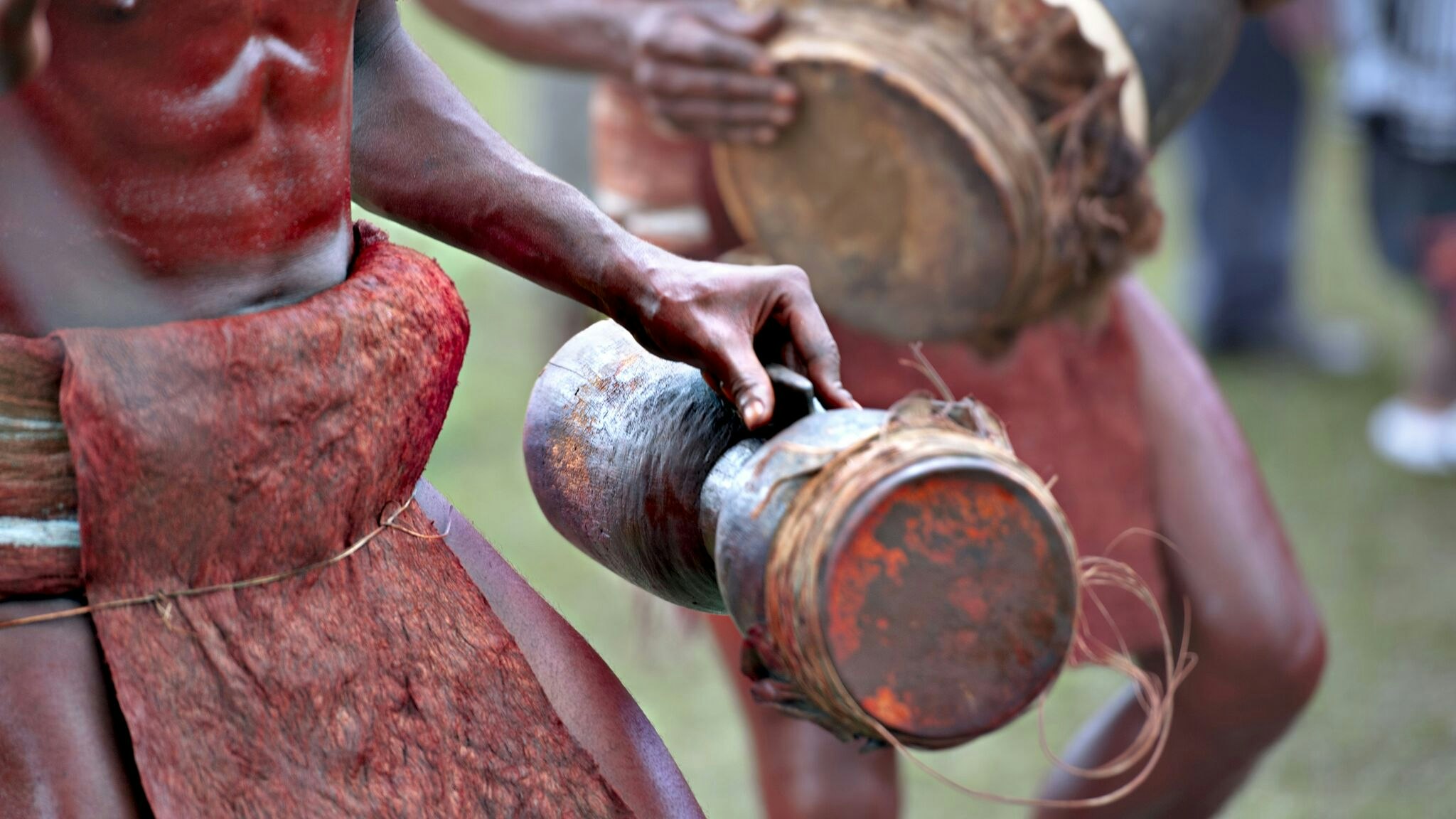
At the age of 42, I had just gotten married for the first time on Saturday, May 18, 1991. The next day, I was about to test our marriage bonds with a honeymoon trip to Papua New Guinea, one of the most primitive areas on earth. It was rarely explored until the 20th century because of the incredibly rough topography, and the interior was believed to be uninhabited. That is, until an Australian gold prospector named Michael Leahy ventured into the highlands in 1933 where, to his surprise, he discovered numerous tribes, including headhunters. Leahy almost lost his life in the process.
My new wife, Kim, had rightly asked a few months earlier during the trip planning stages, why go there? The only answer I had was that I had never been there, which always seemed to me to be a good reason. It took some convincing, and a promised second stage of the trip to Australia, but she agreed.
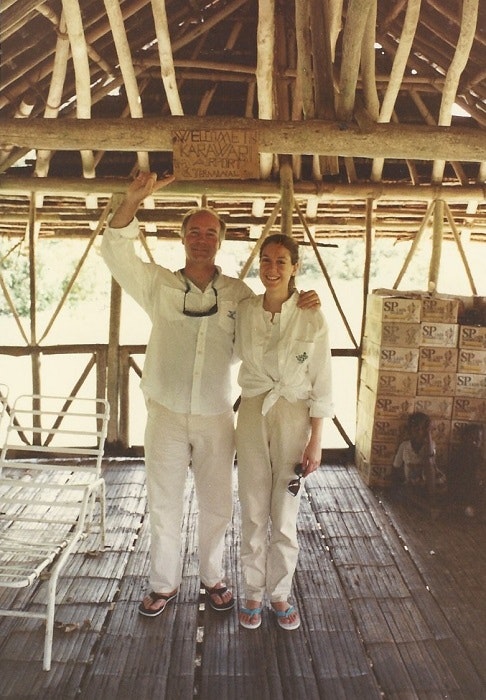
Sunday morning we had a post-wedding breakfast at Kim’s parents’ house in Maryland. Roughly 30 hours later we landed in a small plane on a grass landing strip in Karawari, Papua New Guinea, to begin our adventure. We were excited but had some trepidation too: it was rumored that, as late as 1961, Papua New Guinea headhunters had killed and eaten Michael Rockefeller, Nelson Rockefeller’s son!
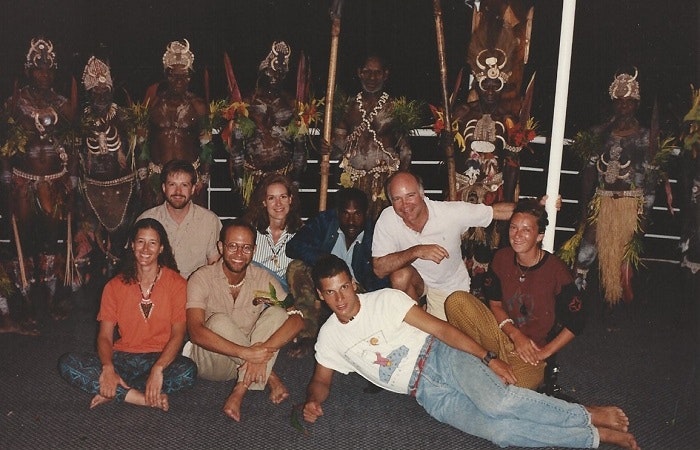
The first part of the trip was in the lowlands, where we explored the Sepik River and its tributaries in motorized dugout canoes. At the first village, our guide, a former Israeli commando, addressed our intrepid group of six people. Among other things, he advised us to make a lot of noise as we went to the outhouse. I inquired why, and he uttered just two words: “Death Adder.” It did not take much imagination to realize that a snake with that name had to be poisonous.
The lowlands and villages along the river were beautiful and primitive, with no running water or electricity. The tribes were mostly animists, meaning they believed that natural objects, such as rivers and mountains, had conscious life. The most important structure in each village was the “Spirit House,” which was filled with wonderful, primitive carvings of gods, spirits, and animals, many of which were enormous. One Spirit House was renowned because the tribe in question had seized a captive in a war with a neighboring tribe, and had buried him alive under one of the supporting pillars of the Spirit House. Somehow he had managed to dig his way out and escaped during the night.
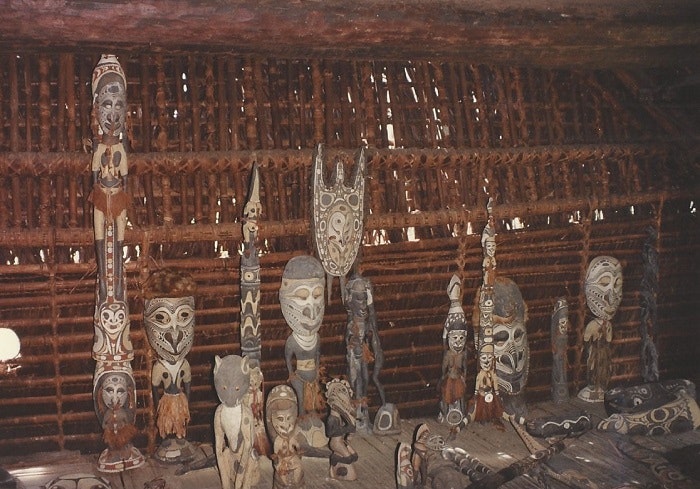
As we neared the end of the Sepik River stage of our adventure, our dugout canoes entered a narrow tributary to get to an even more remote village our guide wanted us to see. The tributary was almost entirely occluded by massive plants—similar to the scene in “African Queen,” one of our favorite movies. Over several hours, we managed to hack our way through the vegetation and finally reached the beautiful village, which was indeed worth the trip.
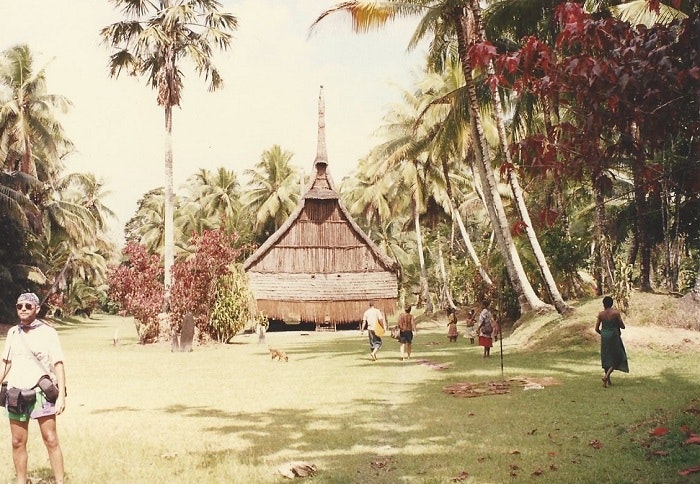
Kim’s favorite day of the Sepik River trip was the day the local cruise ship picked us up for the trip back to the landing strip where we would fly to the Highlands area of Papua New Guinea. The ship had air conditioning, showers with hot water, and a bar! There were also some other fascinating travelers, several of which were on diving expeditions to look for sharks!
The flight to the Highlands traveled over some of the most rugged and beautiful terrain I have ever seen. The Highland tribes decorate themselves with an array of natural and manmade ornaments. I will never forget the first Highlander I saw, who had inserted a long blade of grass through a hole in his nose as decoration. Ritual warfare was endemic to the Highlands. Among other sites we visited was the ancestral home of one tribal member, who proudly displayed the skulls of some of the heads his ancestors had secured. After several hours of silent bird watching, we also saw the beautiful “Bird of Paradise” that is native to that part of the world, with its lovely red and yellow plumage.
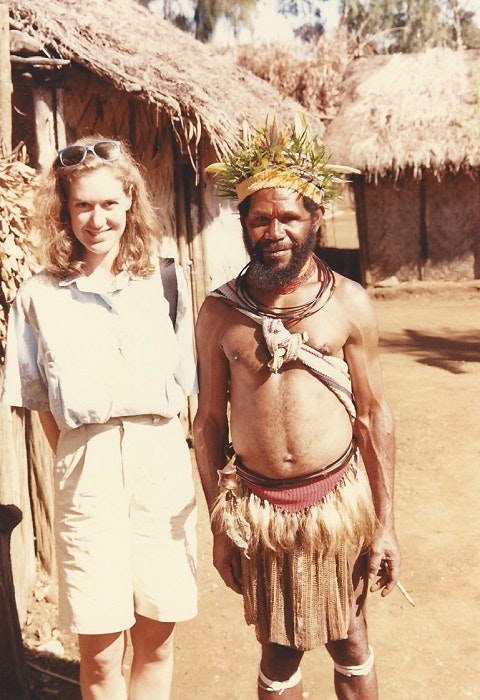
As we left Papua New Guinea safe and sound, it was with unforgettable memories of the beauty and majesty of the country and its people, still unspoiled by cars, pollution, and skyscrapers. We also had great appreciation for MT Sobek’s organizational abilities and knowledgeable, skilled personnel who empowered us to visit and enjoy one of the most primitive and inaccessible areas on earth.
Michael Hays, MT Sobek Guest
MT Sobek Trip: Papua New Guinea, 1991